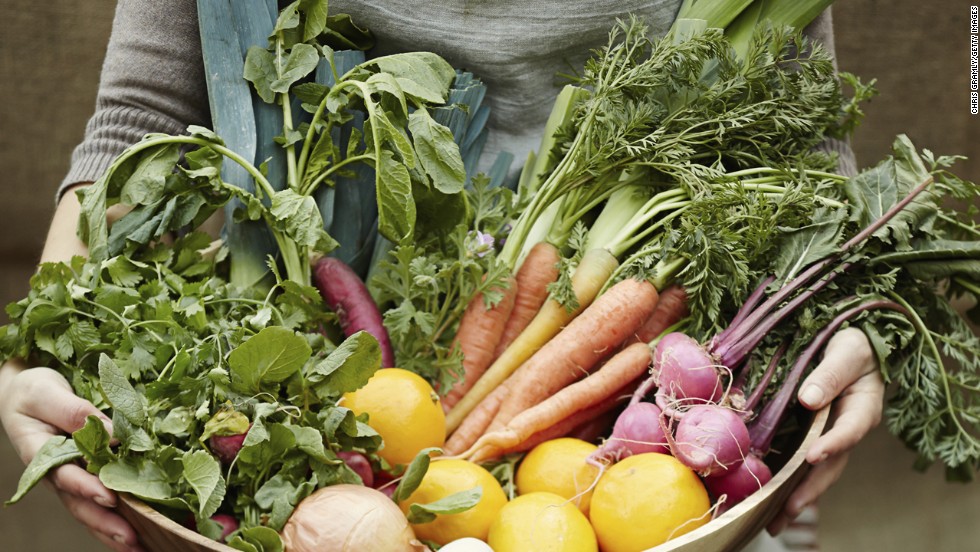Wheat berries sweetened with honey and perfumed with rose water and spices make a delicious breakfast on their own or stirred into yogurt. Whether you use farro, kamut, spelt or wheat berries (and whether you are cooking them for breakfast or for dinner) the trick here is to cook the grains for as long as it takes for them to really soften and to splay (that is, to burst at one end).
Total time: About 1 1/2 hours, mostly unsupervised simmering (plus overnight soaking)
- 1 cup wheat berries
- 5 cups water
- Salt to taste
- 1/4 cup honey, agave syrup or brown sugar, or more to taste
- 1/2 to 1 teaspoon rose water, to taste
- 1 teaspoon ground anise or fennel seeds
- 3/4 teaspoon ground cinnamon
- 1/8 teaspoon freshly grated nutmeg
- 1/2 cup raisins or other chopped dried fruit of choice
- 1/3 cup chopped walnuts, almonds, hazelnuts, or a mixture for garnish
- 2 cups plain low-fat yogurt (optional)
- Pomegranate seeds for garnish (optional)
1. The night before, combine wheat berries, 1 quart of the water and salt and bring to a boil in a saucepan. Reduce heat, cover and simmer 1 hour. Remove from heat, stir in the honey, agave syrup or sugar, rose water, anise or fennel seeds, cinnamon, nutmeg and raisins or dried fruit. Cover and leave overnight (or for 5 to 6
hours).
2. In the morning, add remaining cup of water to the wheat berries and bring to a simmer. Cook 30 to 45 minutes, stirring often, until berries are soft and splayed at one end. There should be some liquid surrounding the wheat berries (add more water if necessary). Taste and add more sweetener if desired.
3. Serve on their own with some of the liquid in the saucepan (stir in some milk if desired), or spoon about 1/3 cup yogurt into bowls and top with a generous spoonful of the berries, with some of the sweet broth. Top with a handful of chopped nuts and a few pomegranate seeds if desired.
Yield: Serves 4 to 6
Advance preparation: The cooked wheat berries will keep for 3 to 4 days in the refrigerator. The dried fruit will continue to swell and will lose flavor, but it will
be captured in the broth.
Nutritional information per serving (4 servings): 358 calories; 7 grams fat; 1 gram saturated fat; 5 grams polyunsaturated fat; 1 gram monounsaturated fat; 0 milligrams cholesterol; 75 grams carbohydrates; 6 grams dietary fiber; 9 milligrams sodium (does not include salt to taste); 6 grams protein
Source: The New York Times



